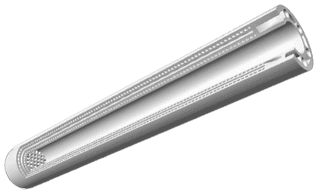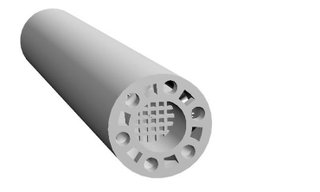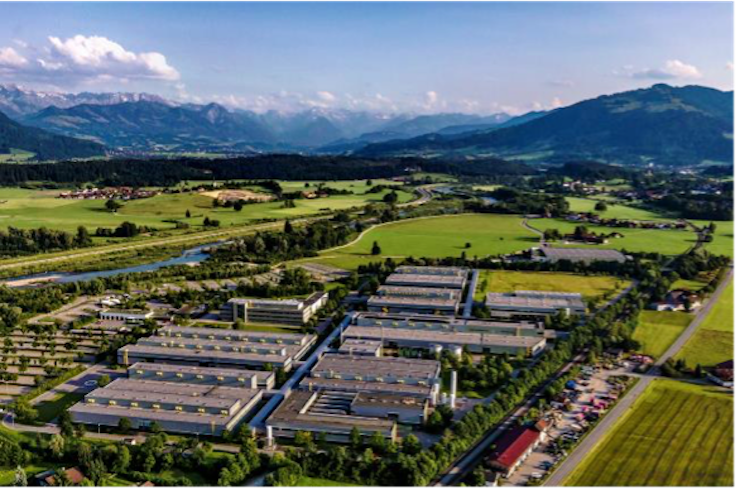Bosch Advanced Ceramics has collaborated with the Karlsruhe Institute of Technology (KIT), and the chemical company BASF to develop a highly complex 3D printed micro-reactor made of technical ceramics for high-temperature reactions, and have produced it through additive manufacturing.
More from the News
The combination of the 3D printing and the special material properties of the technical ceramics allowed for the diverse requirements to be met. The use of additive manufacturing enables the design and construction of very small internal flow channels (0.5 mm channel width) for the chemical reactions inside the reactor.

The 3D printed technical ceramics withstand high demands of chemical reactions, and allow it to work safely under extreme process conditions. Aluminium oxide was chosen by BASF and KIT due to its unique properties of strength, temperature, abrasion and corrosion resistance. Depending on the reactant inside the reactor, the corrosion resistance of the reactor is advantageous. With the use of the ceramics, a long service life can be achieved, which is an important economic aspect.
The ceramic 3D printed micro-reactor will be able to withstand extreme process conditions.
The low electrical conductivity and translucency of the ceramics means the interior of the 3D printed micro-reactor is accessible for various measurements and control techniques, which in principle cannot be used with reactors made of metal. Only with 3D printing is it possible to redesign components, such as structures that are specially adapted to the process or the necessary function which can be realised with greater flexibility.
The thermal conductivity of 37 W/mK allows good temperature control, and the material’s low thermal expansion of 7 x 10-6 K-1 helps to ensure that only minor distortions occur in the apparatus, even with large temperature differences.
For the KIT and BASF microreactor, this means that the temperatures and material flows in the reactor can be controlled particularly precisely with this setup, which opens up new possibilities for optimising reactions.

Subscribe to AM Chronicle Newsletter to stay connected: https://bit.ly/3fBZ1mP
Follow us on LinkedIn: https://bit.ly/3IjhrFq
Visit for more interesting content on additive manufacturing: https://amchronicle.com/


